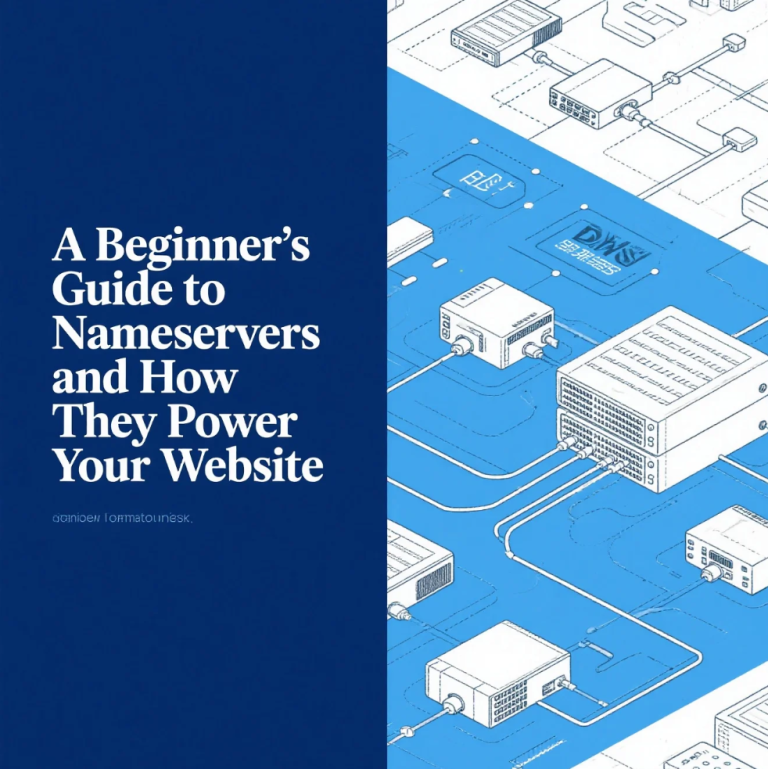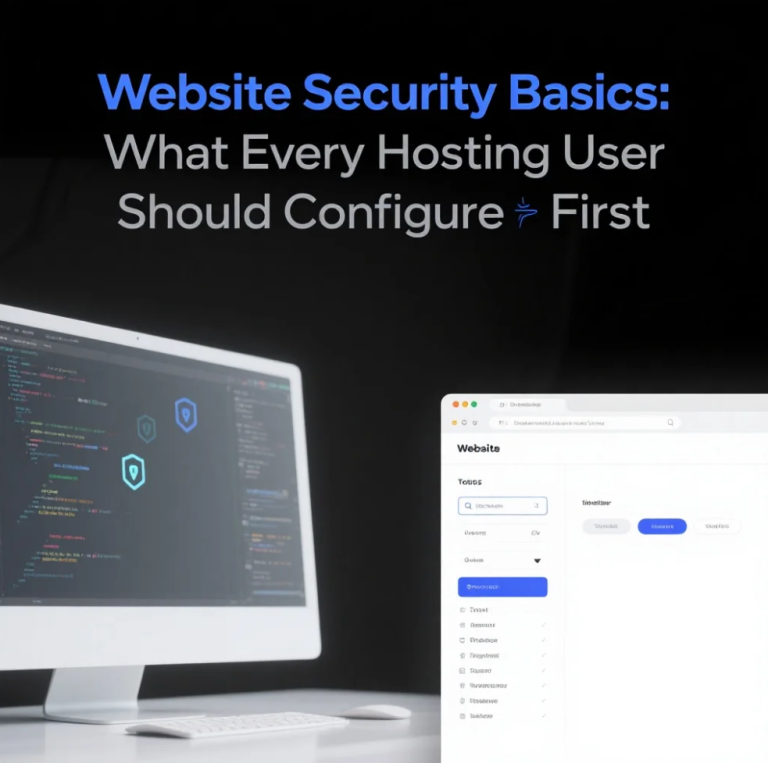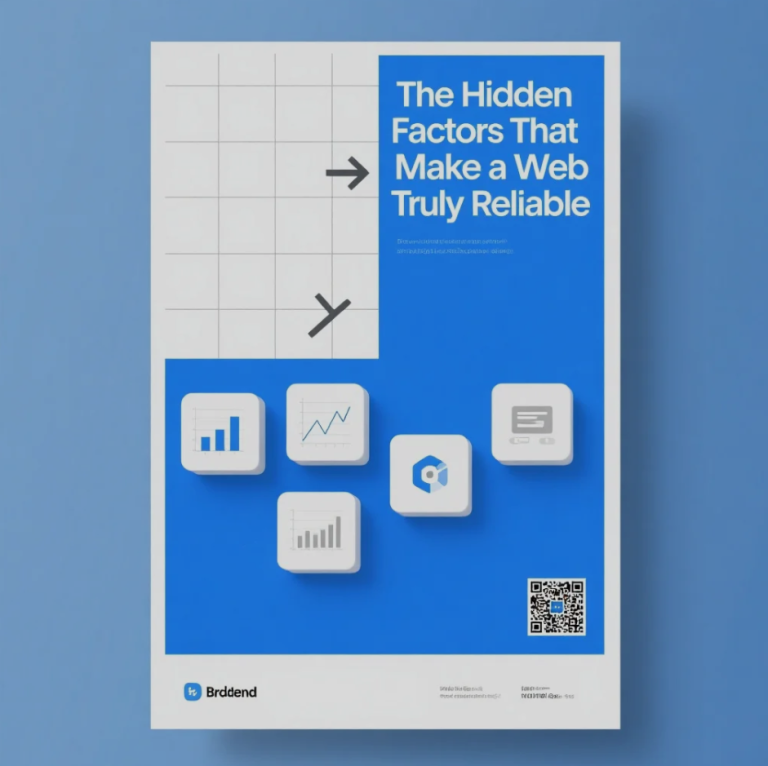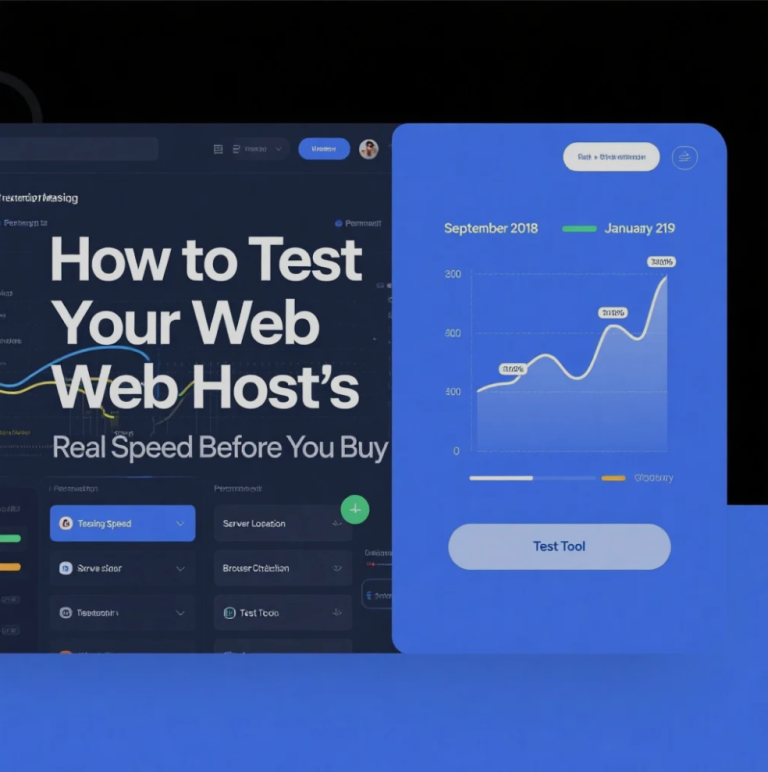
As technology advances, so do cyber threats. In 2025, website security is more critical than ever, with hackers targeting vulnerabilities in hosting platforms, content management systems, and web applications.
Staying ahead requires proactive strategies that combine robust infrastructure, smart monitoring, and user awareness. Websites that neglect security risk data breaches, downtime, financial loss, and reputational damage.
🔍 Understanding Modern Threats
Cyberattacks are evolving, making it essential to know what you’re protecting against:
- Ransomware: Hackers encrypt your data and demand payment for release.
- DDoS Attacks: Overwhelms your server, causing downtime and service disruption.
- Zero-Day Exploits: Attackers exploit unknown vulnerabilities in software.
- Phishing & Social Engineering: Hackers trick users into sharing sensitive information.
- Weak Hosting Security: Shared hosting or outdated servers increase vulnerability.
Awareness is the first step toward implementing effective security measures.
🖥️ Hosting Security Best Practices
Your hosting provider plays a pivotal role in website safety. Key considerations include:
- Managed Hosting: Providers that handle updates, patches, and backups reduce risk.
- SSL Encryption: Secures data transfer between users and your site.
- Regular Backups: Ensures recovery in case of compromise.
- Server Monitoring: Detect suspicious activity before it escalates.
- Two-Factor Authentication (2FA): Adds a layer of protection for login credentials.
Choosing the right host and implementing proactive measures minimizes vulnerabilities and enhances resilience.
🔐 Website Security Measures You Can Implement
Even with strong hosting, website owners should actively protect their sites:
- Update Software and Plugins Regularly: Patch known vulnerabilities immediately.
- Strong Password Policies: Encourage complex passwords and change them frequently.
- Web Application Firewalls (WAF): Blocks malicious traffic before it reaches your site.
- Security Plugins and Monitoring Tools: Real-time alerts for suspicious activity.
- Educate Your Team: Ensure staff understand phishing, social engineering, and safe practices.
These measures work together to create layers of defense, making it harder for attackers to succeed.
🌐 Looking Ahead: Future-Proofing Your Website
The landscape of cyber threats continues to evolve. Strategies for staying ahead in 2025 include:
- AI and Machine Learning: Detect anomalies and potential threats faster than manual monitoring.
- Edge Security Solutions: Reduce latency and mitigate attacks closer to users.
- Zero-Trust Architecture: Always verify every access attempt, even internal users.
- Continuous Vulnerability Assessment: Proactive scanning for weaknesses in your code, plugins, and server.
The key is adapting to emerging threats proactively, rather than reacting after a breach occurs.
💬 Conclusion: Prioritize Website Security in 2025
Website security in 2025 requires a multi-layered approach: choosing secure hosting, implementing best practices, and staying aware of evolving cyber threats. By prioritizing safety, website owners protect their data, users, and business reputation while remaining resilient in an increasingly hostile digital world.
Don’t wait for a breach — stay ahead of hackers and safeguard your online presence now.



